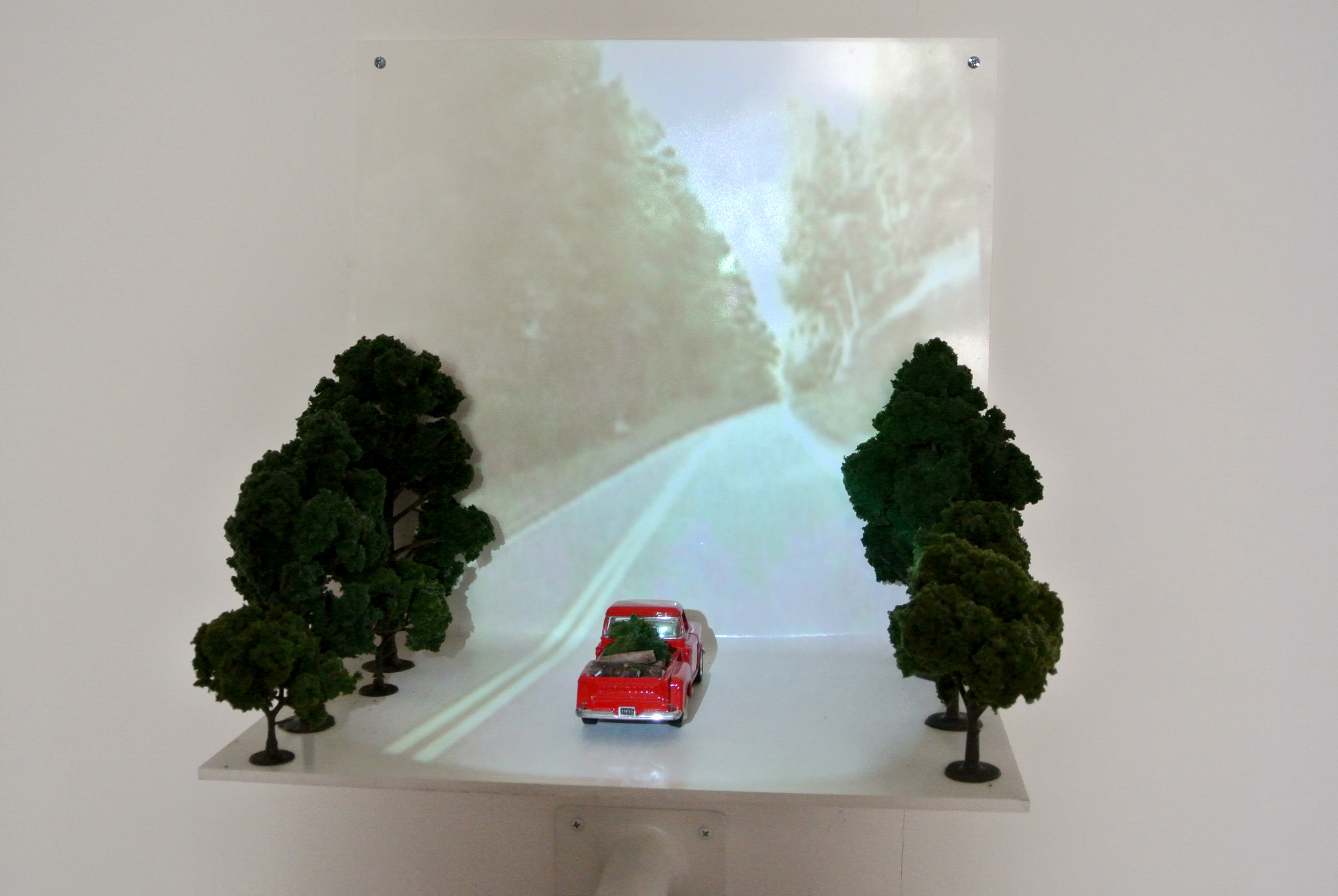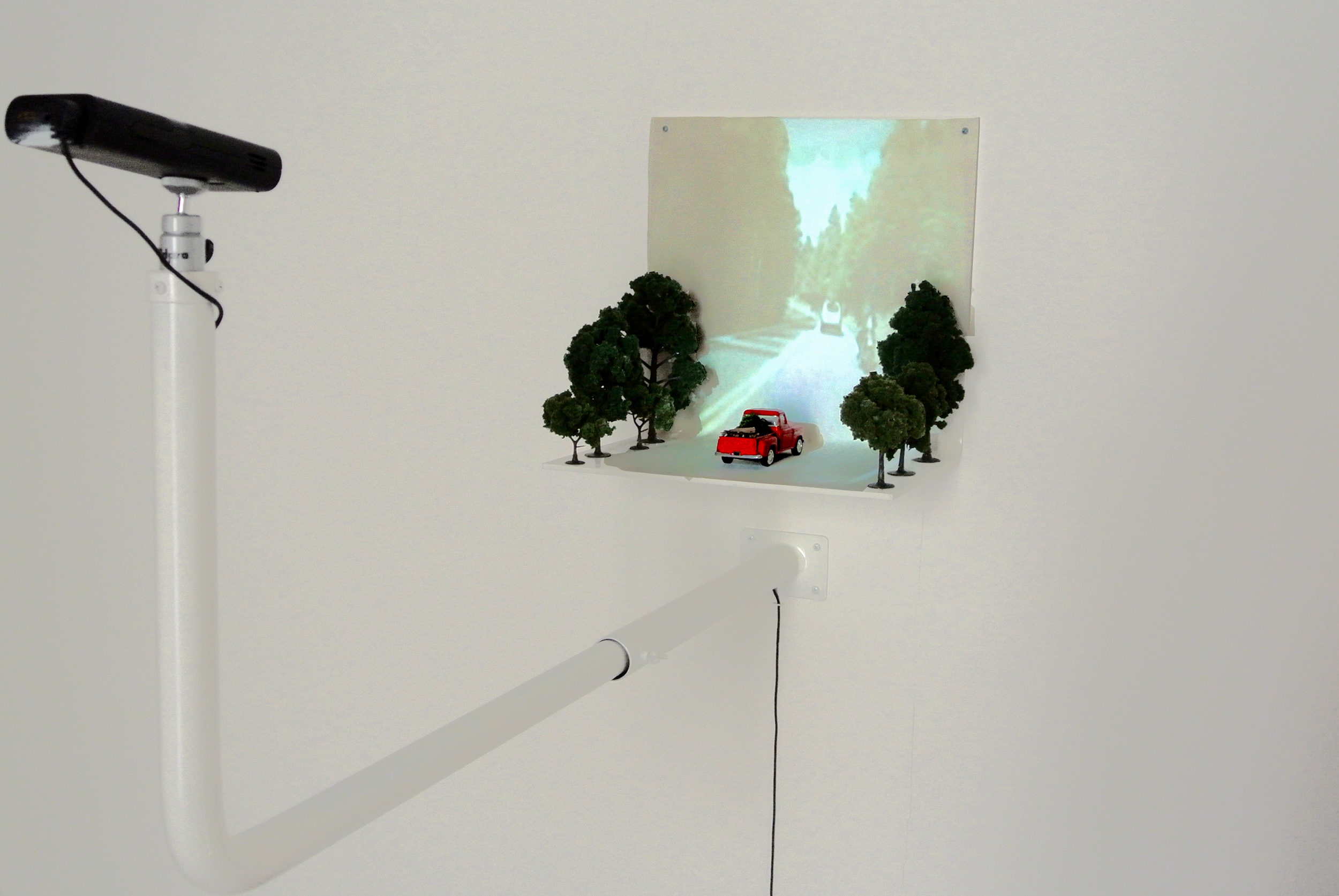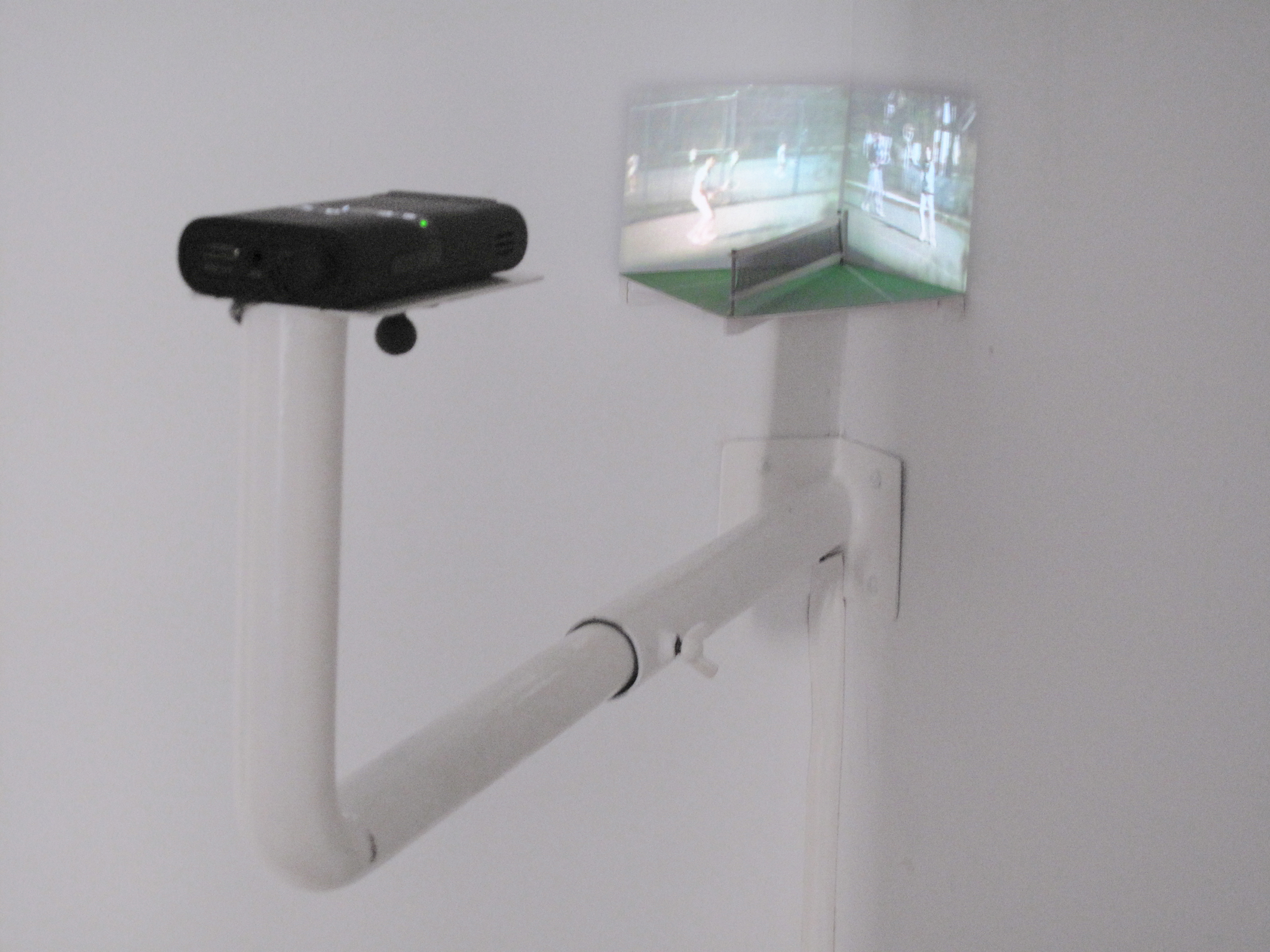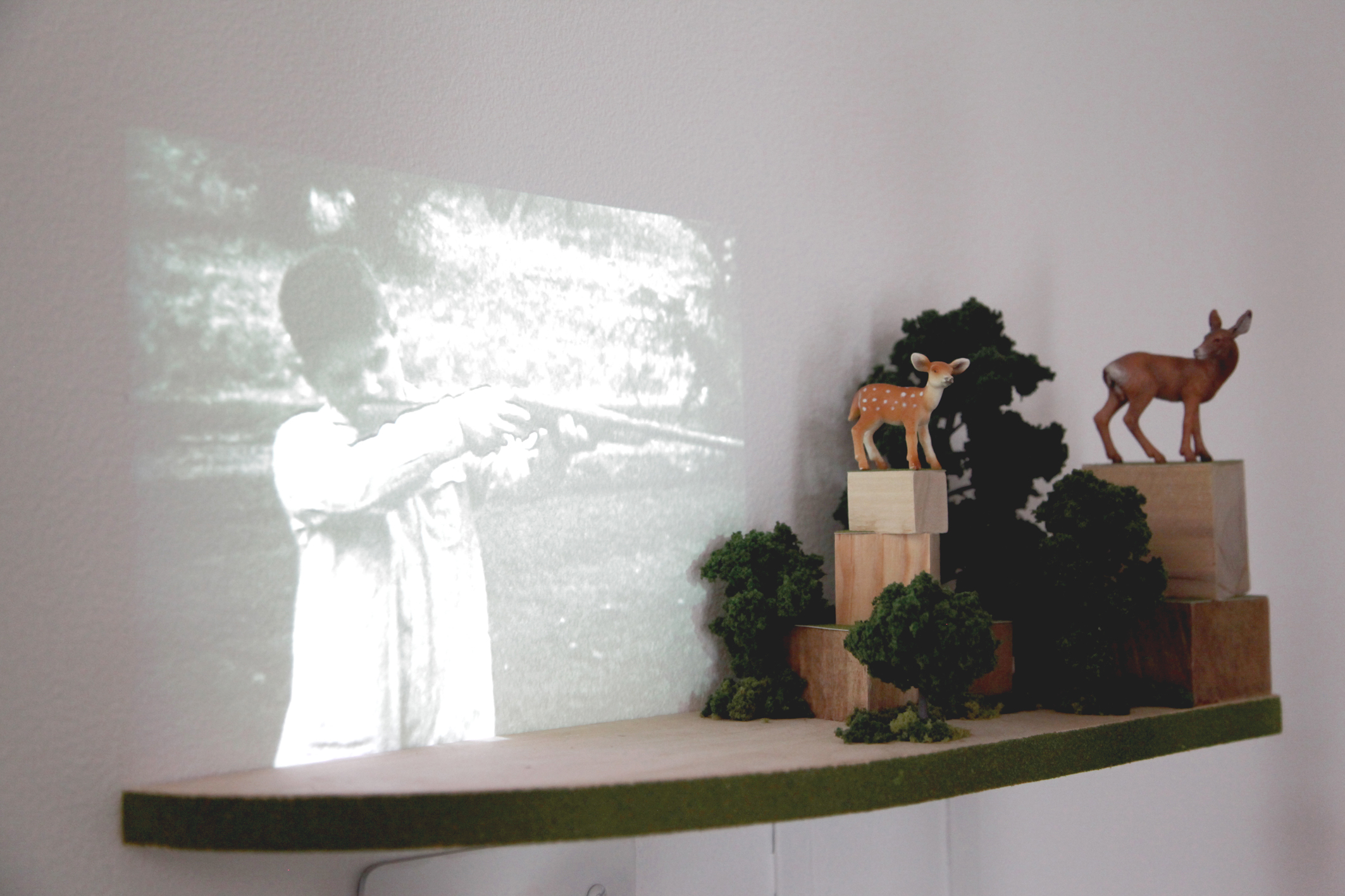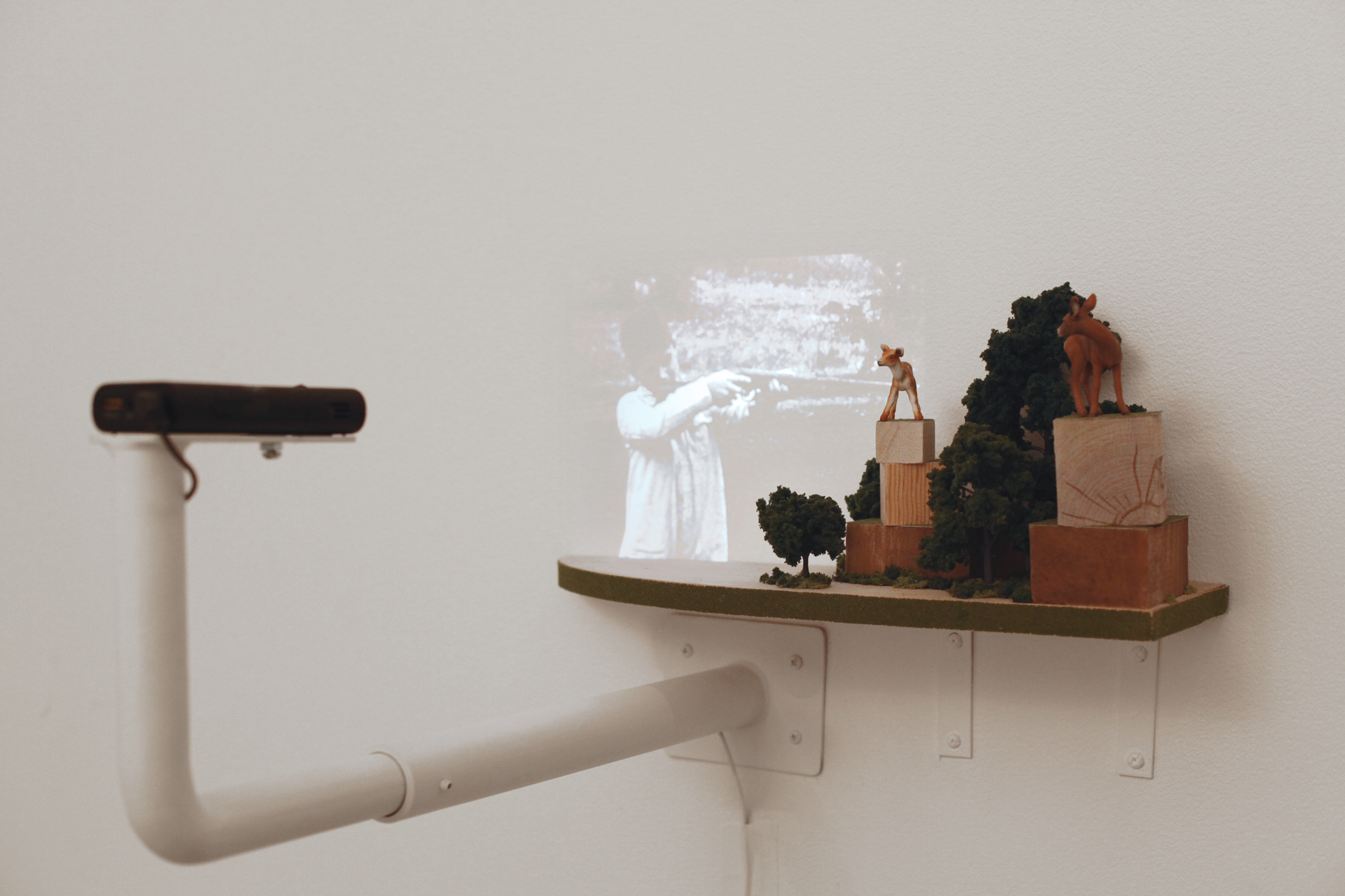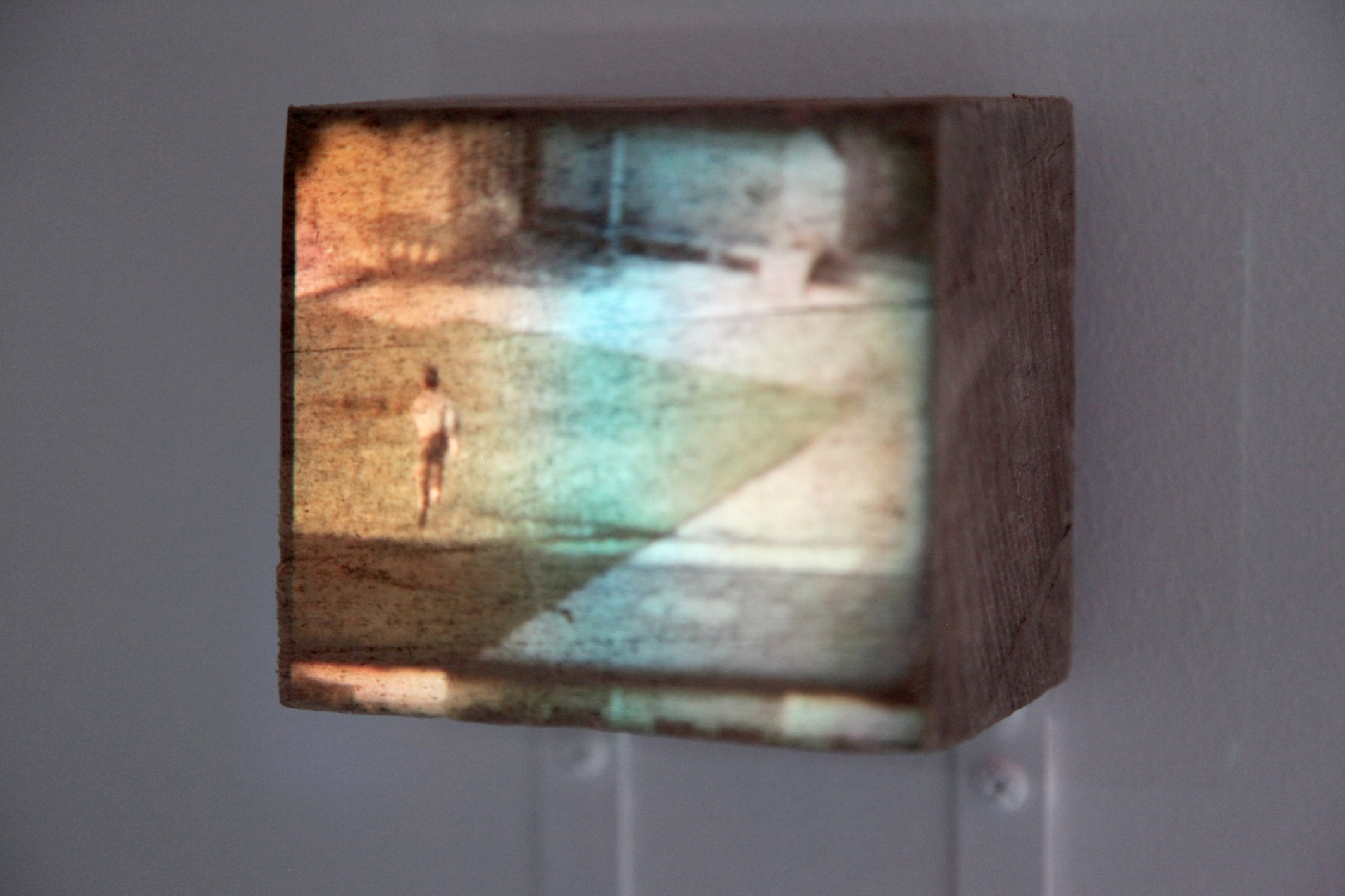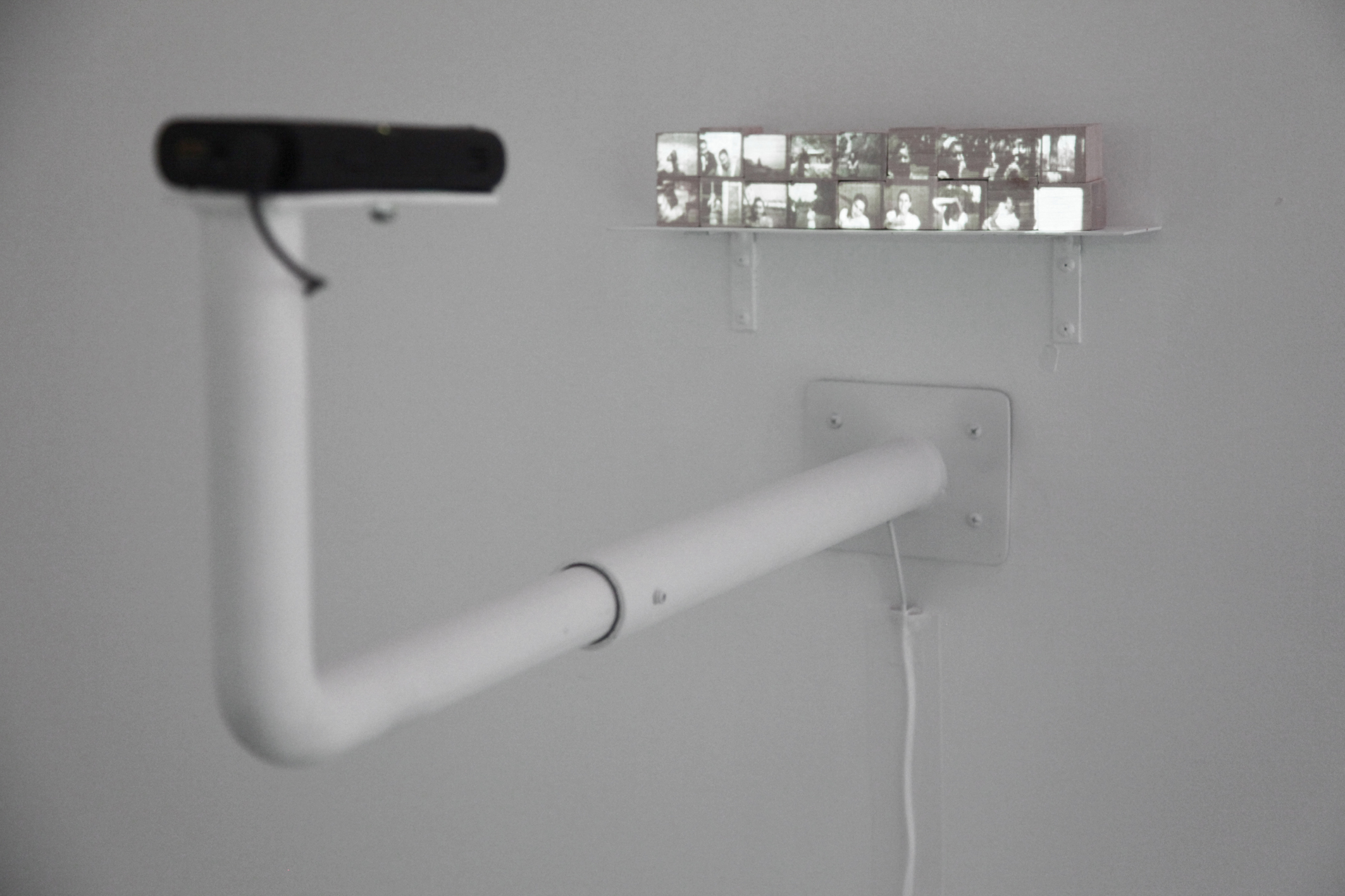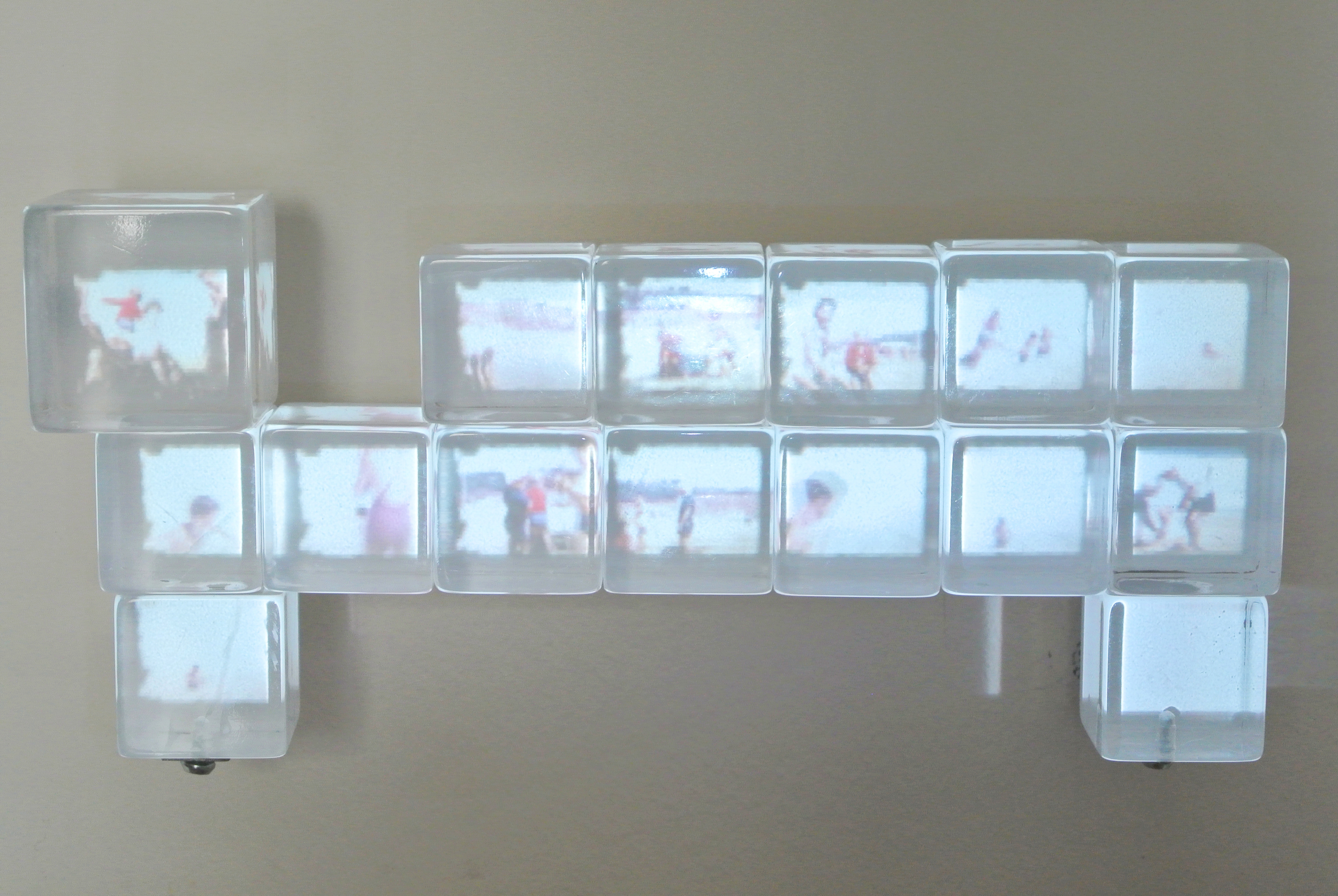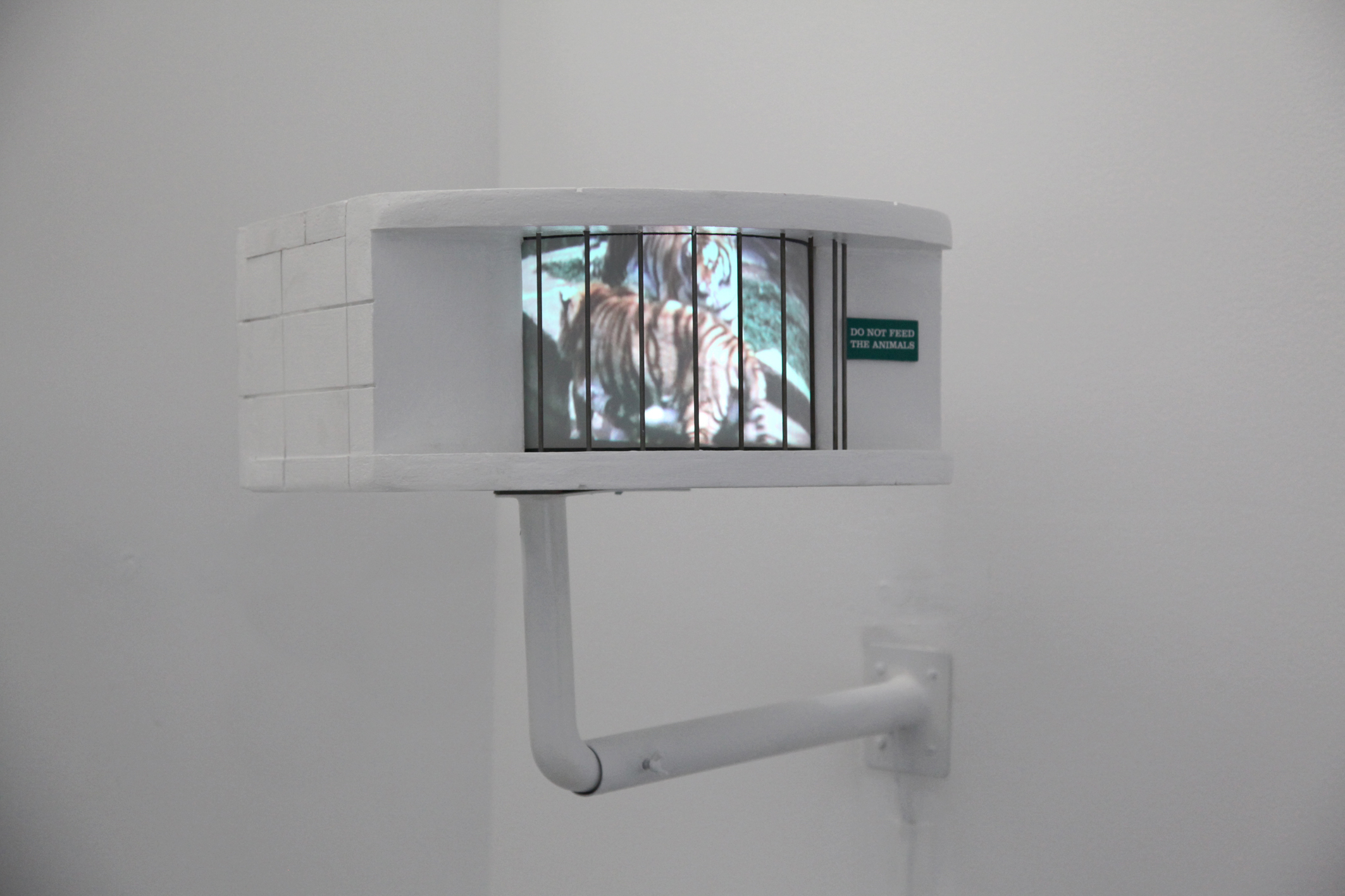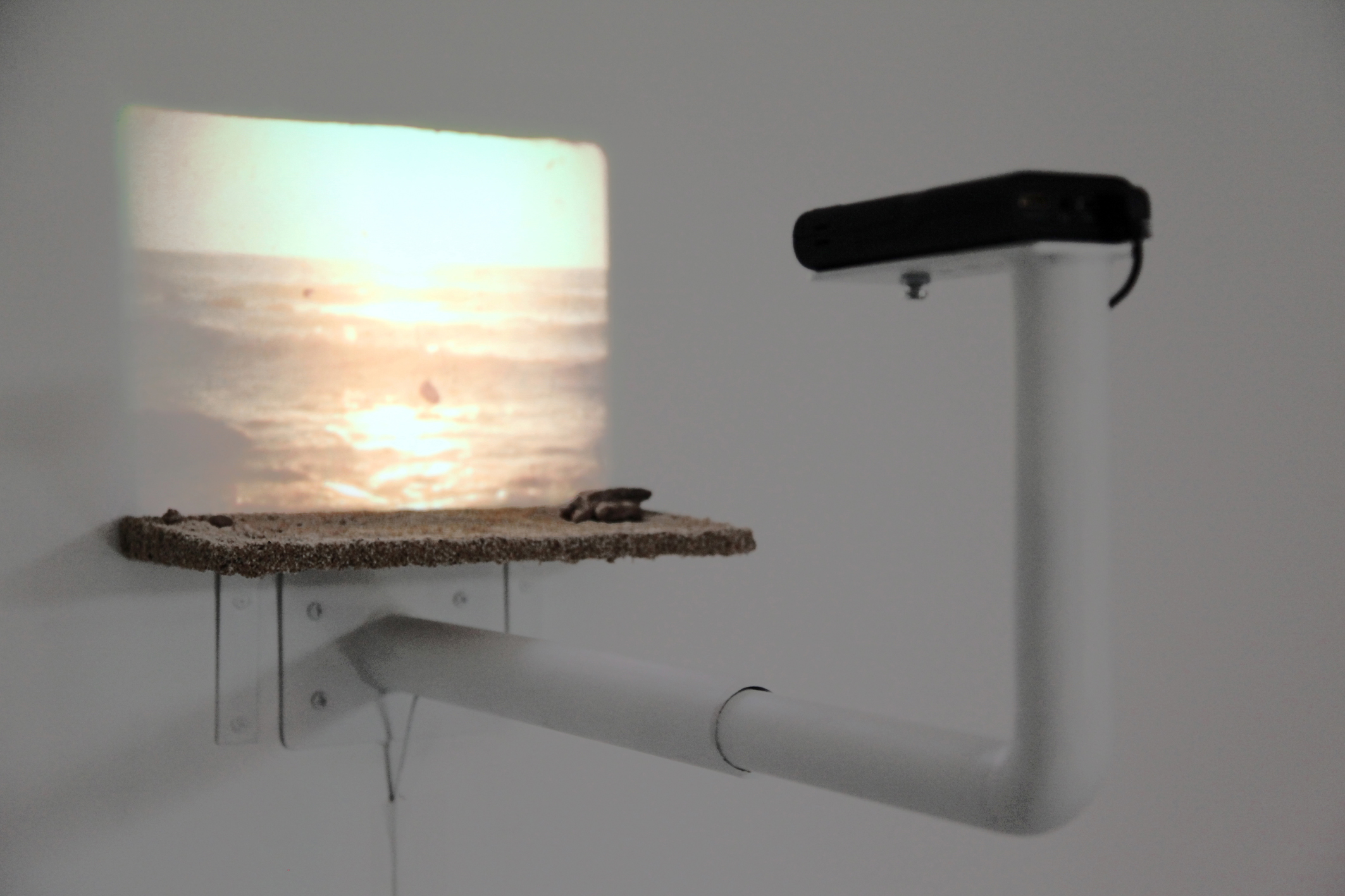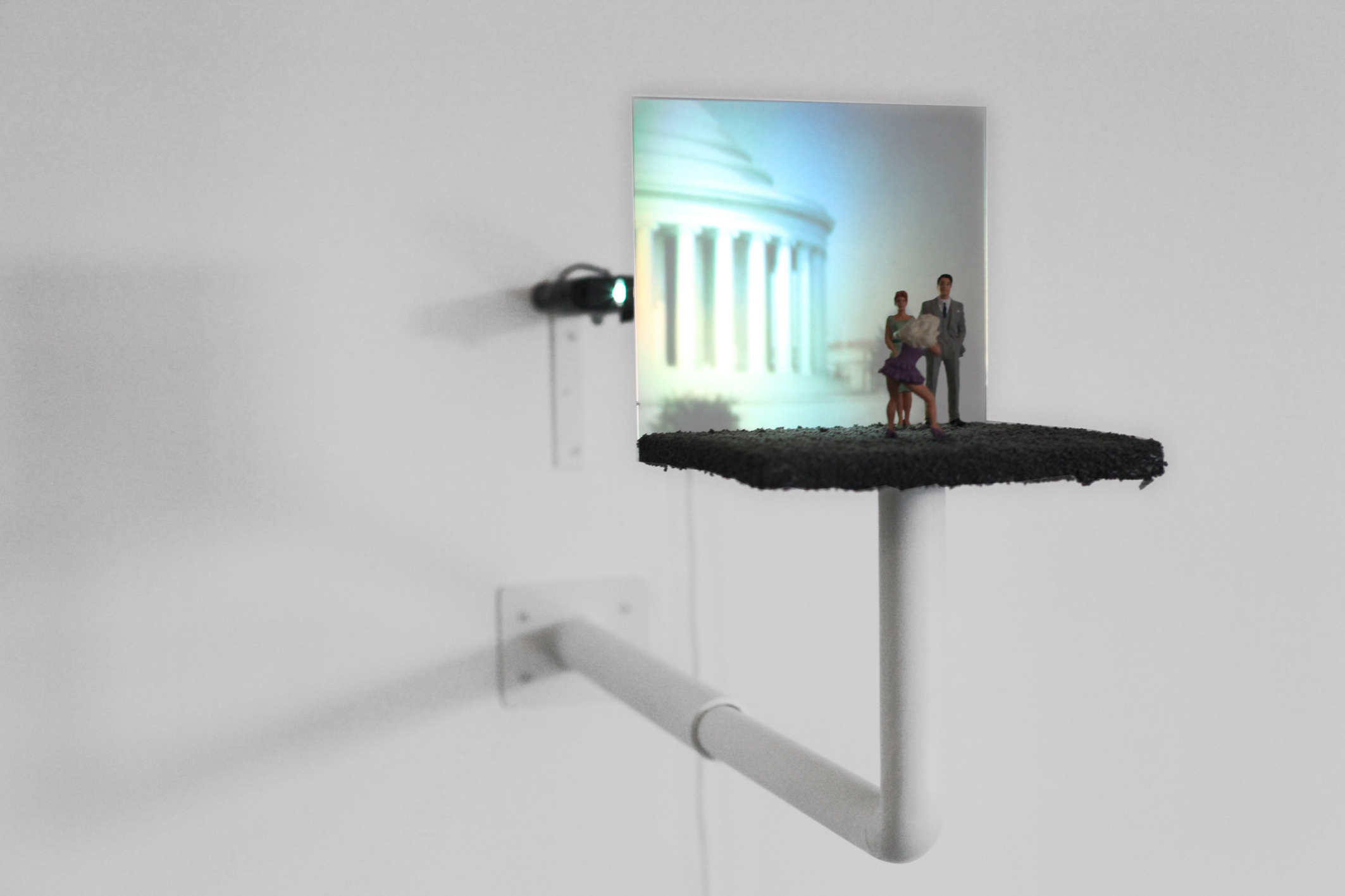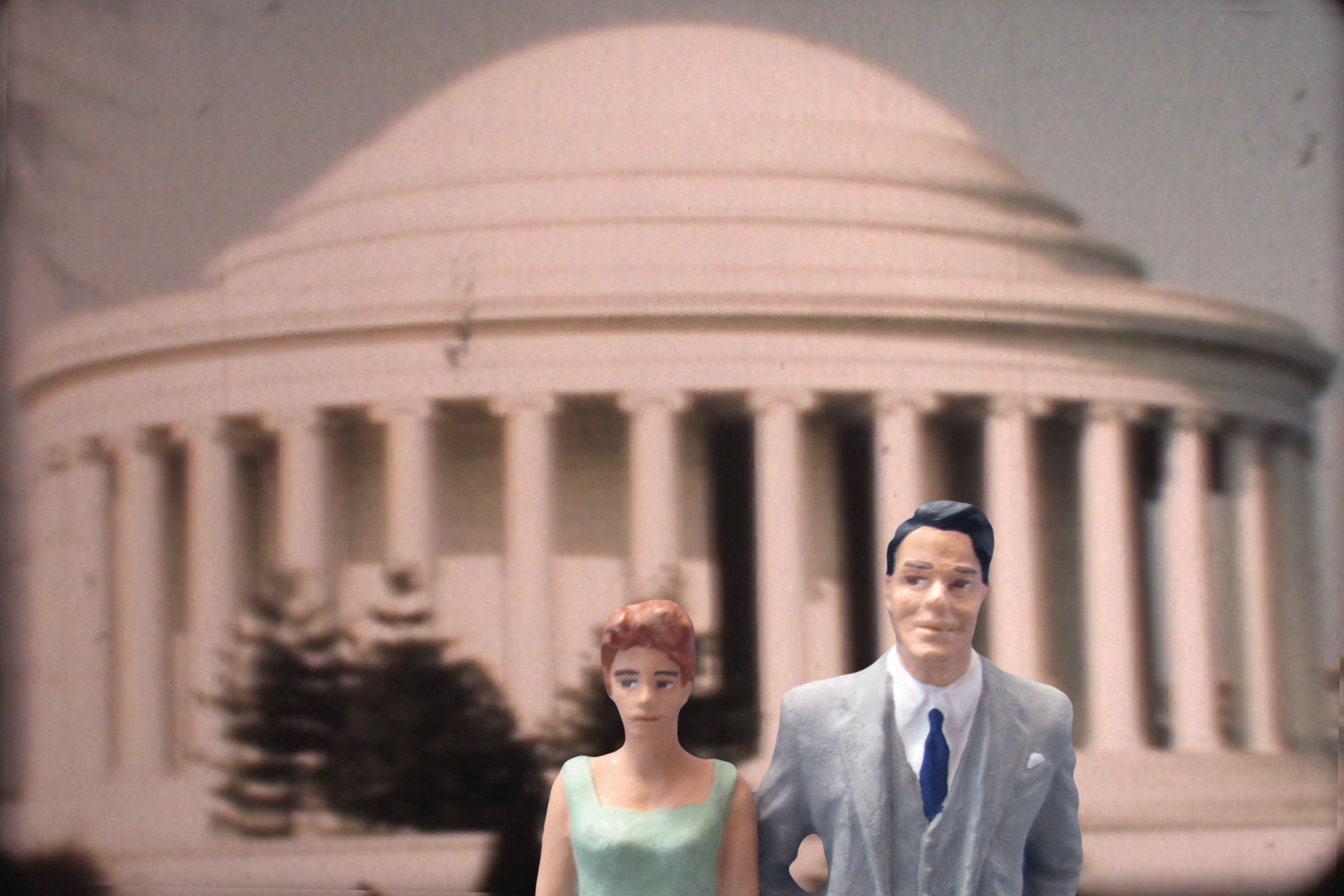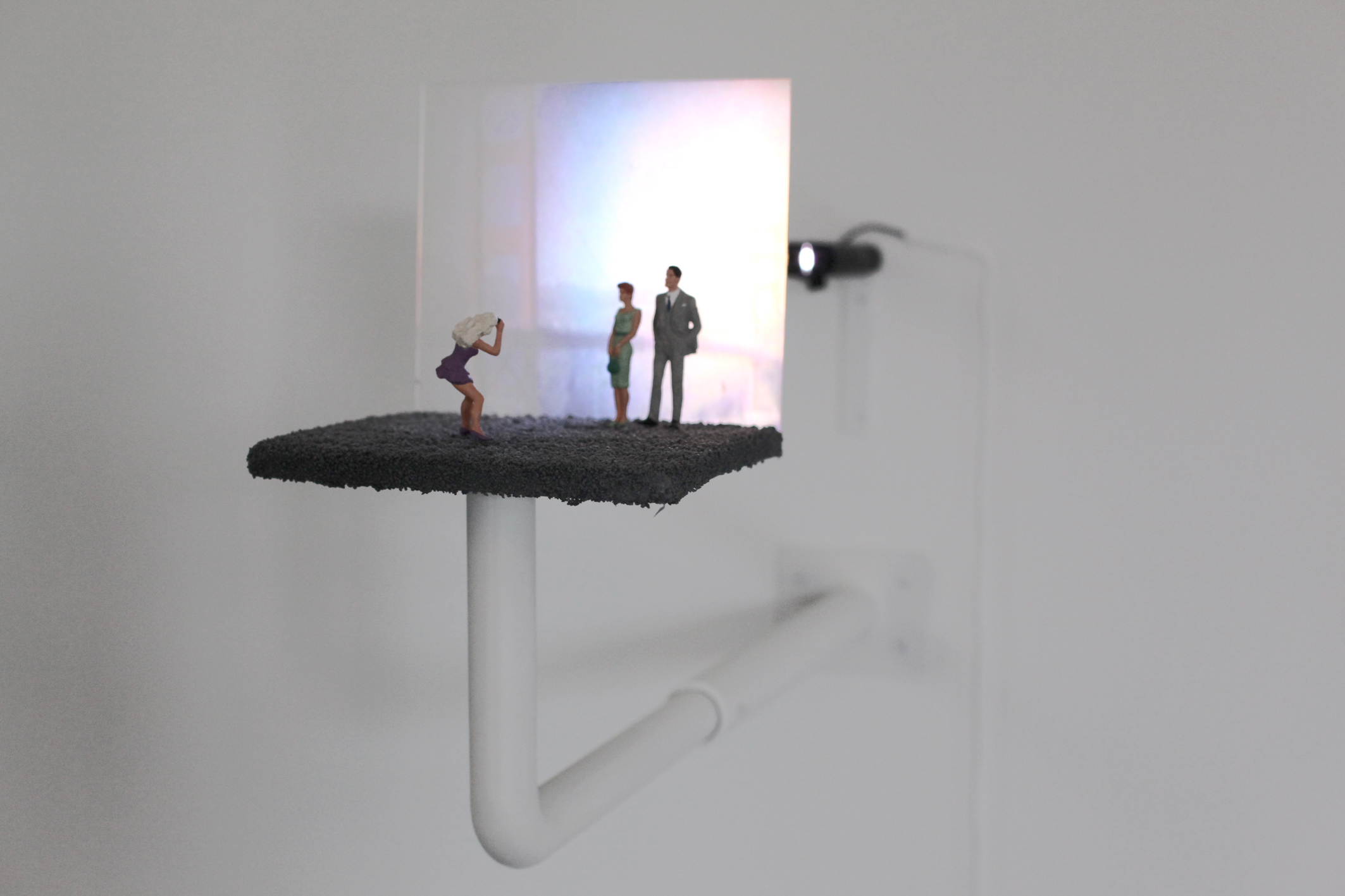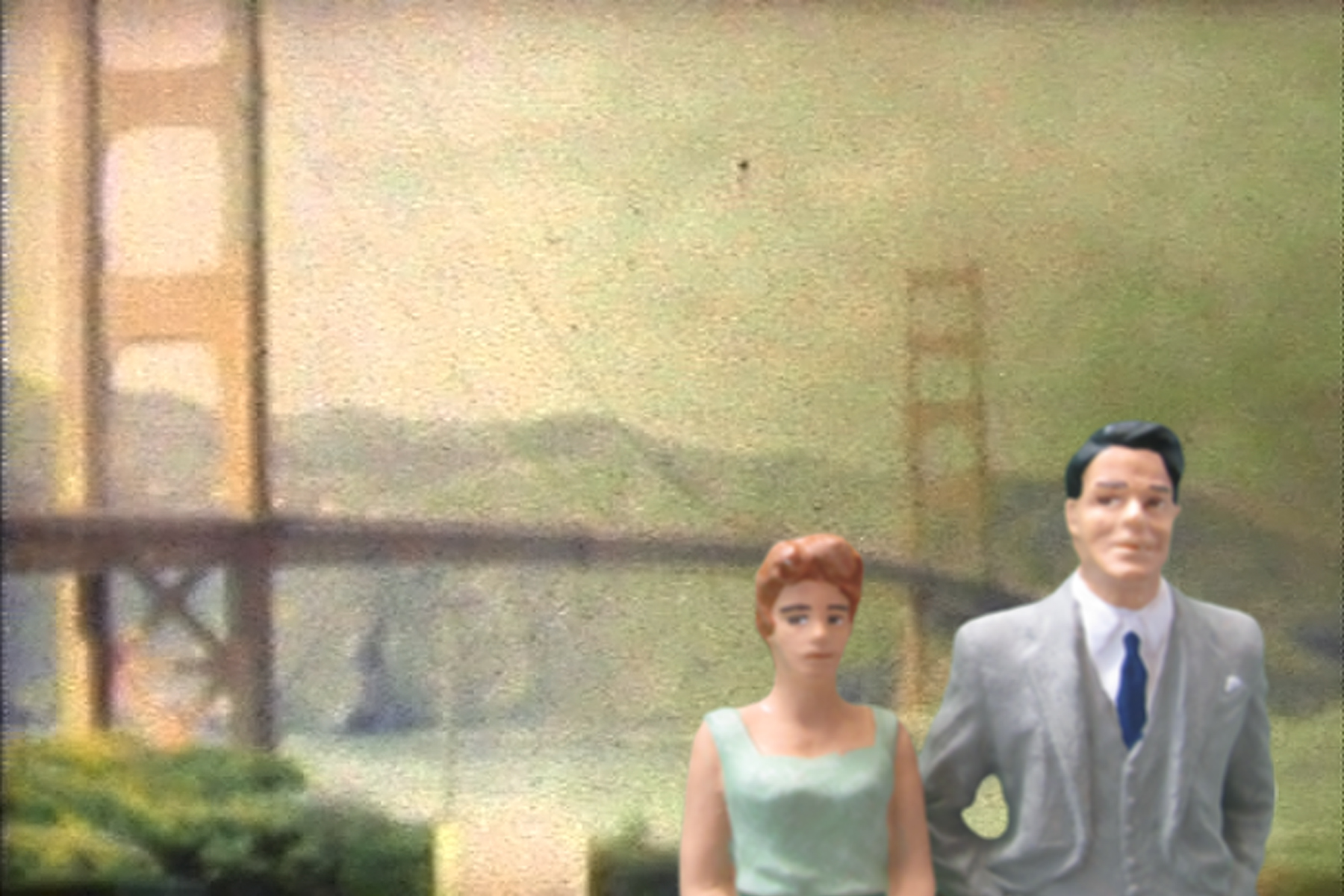little memories
Documentation of Little Memories as set up at Yashar Gallery, Brooklyn, NY, April 2011. (part 1)
The function of memory implies the production of objects, which are not static repositories but dynamic triggers of perception through which remembrance is activated. In my work I try to create an experience in which memory becomes an action that is constantly actualized in the present, because only in the present we construct our memory.
With Little Memories I am working with the concept of scale to create tiny, intimate video installations using super 8 home movies and found footage. Little mock-ups and found objects are combined with projections and video mapping to create intimate souvenirs that reflect on how fleeting memories are brought back to us. Each piece is a self-contained object and they are often placed in corners, and in such way that one 'finds' them rather than having them displayed as spectacle, again playing with the notion of nostalgia and treasure that memory entails.
Documentation of Little Memories as set up at Yashar Gallery, Brooklyn, NY, April 2011. (part 2)
Images create the illusion that present and past co-exist; they open up a window through which the past becomes accessible. We then decide to collect the portrait of everything we wish to remember or do not wish to forget. Images become our memories (or so it seems).
We tend to record some specific events and rituals that mark the passage of time and the unfolding of our lives: birthdays, vacations, graduations, weddings: mostly happy moments indeed. Therefore, we can think of the idea of our memories becoming interchangeable; the photograph of one’s birthday could be the memory of any other, the person changes, but the ritual and the story being told remains the same.
Documentation of Little Memories as set up at Yashar Gallery, Brooklyn, NY, April 2011. (part 3)
As a memory object, a home movie changes meaning each time it is seen. Home movies become cultural products and cultural practices set the tone of the ideal family. In the case of home movies, it would be possible to think of an implicit desire to create idealized images for future recollection of one’s family. With the passing of time the desire might switch to the longing of an idealized childhood. It is always tempting to retain the good memories and under present circumstances the idea that all past was a better time might even become a shelter. Using this kind of found footage opens up a space for the projection of desire and each of us recognizes himself/ herself in it, based on his/hers lived experiences and expectations.
Memory objects are the results of a historical practice and form and besides denoting sociocultural practices; memory objects come in shapes that are often mediated by individual elaboration in response to social conventions. Little Memories takes these memory devices, through home movies and found objects to explore new ways of activating remembrance and the self.




